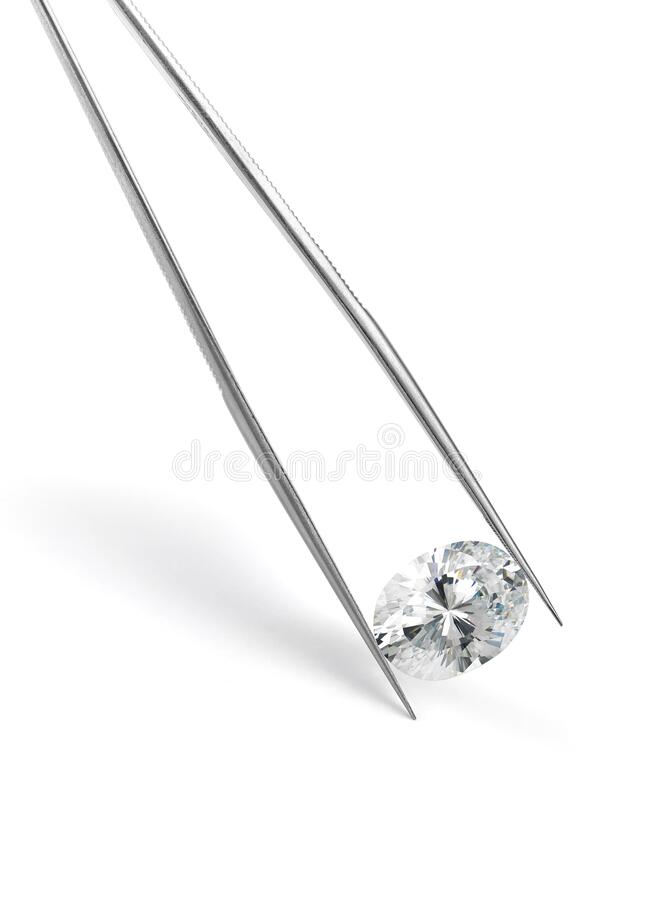Welcome back to the Diamonds Hatton Garden blog where we share the latest developments and insights from our Hatton Garden jewellers. In today’s blog we continue our on-going series examining diamond shapes with the oval cut.
The oval diamond shape is one of the most popular diamond cut choices after the round brilliant shape. Offering a sophisticated and classic feel, the oval shape is an extremely versatile and wearable centrestone for diamond engagement rings, within a fabulous pair of diamond earrings or in a diamond tennis bracelet. A perfect choice for those wanting a vintage feel with a unique twist, the shape itself has developed across the centuries into its current form.
What is a “Diamond Shape?
Diamond shape refers to the geometric appearance of a diamond. Diamond shapes are categorised into two groups: round diamonds and fancy shape diamonds. Round diamonds, also known as round brilliant cuts, are the most popular diamond shape. Fancy shape diamonds refer to any diamond that is not a round brilliant.
The History of the Oval Diamond
Diamonds have, for centuries, have been cut in a wide variety of shapes – the oval shape being no exception. As technologies and understanding improved over the passing of time, shapes have become more refined as jewellers and cutters have discovered more complex methods to achieve a greater brilliance to the gemstone. Early diamond cuts were very much more basic than the cuts we know today and have, naturally, fallen out of favour. Whilst no exact date exists, the first record of an oval cut diamond can be noted from around 1304 and the oval shape can be found in beautiful paintings and artworks of the time. It wasn’t, however, until the Renaissance that cutters learned how to better facet diamonds to increase their scintillation. Since the development and popularization of the oval brilliant, their light show is comparable to a round brilliant diamond.
It wasn’t until 1957 that the modern oval cut came into existence when Russian-born cutter Lazare Kaplan invented the stunning design. Hailing from an esteemed family of diamond cutters, Kaplan gained notoriety for his incredible skills in cleaving, a process in which cracked or badly flawed diamonds are cut into smaller, minimally included diamonds.Working on diamonds that were often discarded by other jewellers, his great ability allowed him to transform these so called “worthless” diamonds into some of the most valued diamonds at the time. Whilst talented, it wasn’t until the 50’s and his invention of the Modern Oval cut that he achieved wide-spread recognition which saw him inducted into the Jewelers International Hall of Fame.

Features of the Modern Oval Cut
With 58 facets and a rounded shape, oval cut diamonds capture the same elegance as a modern round brilliant cut diamond, but with the added elegance of an elongated shape. Furthermore, oval cuts appear larger than round cuts, making them a sophisticated alternative to the round brilliant.
Oval diamonds have the added advantage of an elongated shape, which can create the illusion of greater size. The slender shape can also make the finger of the wearer appear longer and slimmer, an effect often desired. Preferences vary on how narrow or fat an oval cut diamond should be, so choose what appeals to you personally (though a length to width ratio of 1.35 – 1.50 is considered the classic oval cut). A slightly thinner cut may look most appealing in a setting where the diamond is flanked by side stones.

The price of Oval Cut Diamonds
When it comes to price, the 4Cs are the primary determinant of the price of a diamond. However, when comparing similar quality round vs oval diamonds, you will find that loose oval diamonds typically cost 20-30% less than round brilliants. Oval shapes are also a popular choice of cut for fancy coloured diamonds as the shape allows a great amount of light to enter compared to round brilliants.
With over 50 years experience within jewellery, Diamonds Hatton Garden can help you find the diamond engagement ring of your dreams. Book your personal appointment today via info@diamondshg.co.uk or on +44 7951 060238.

